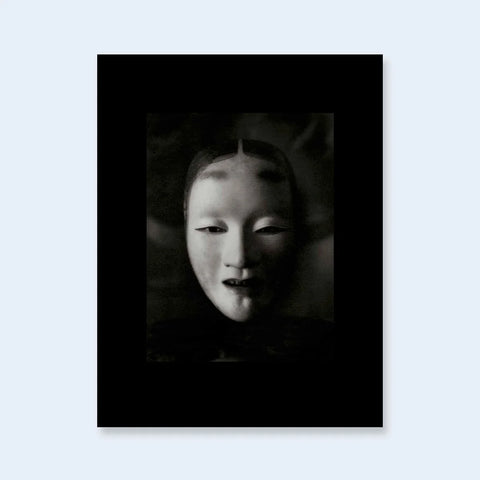
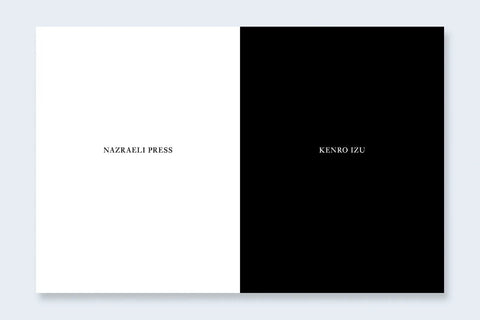
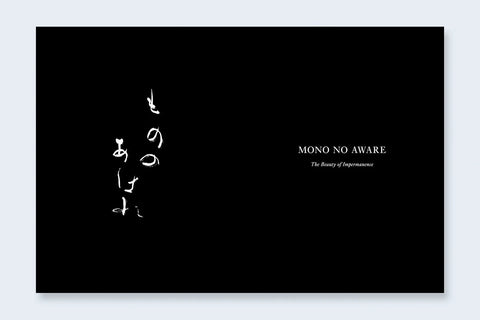
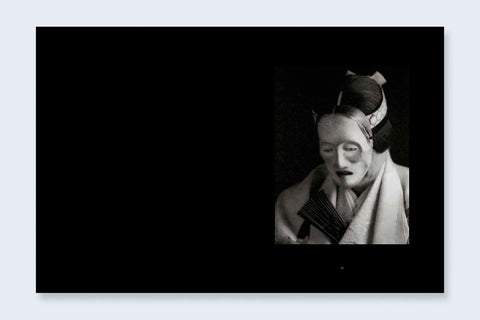
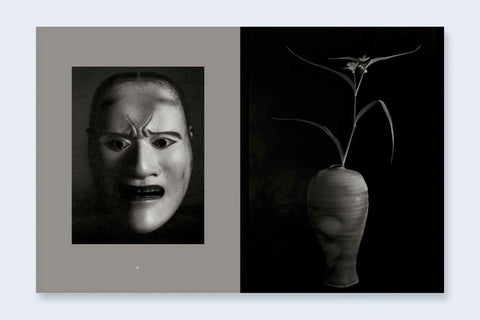
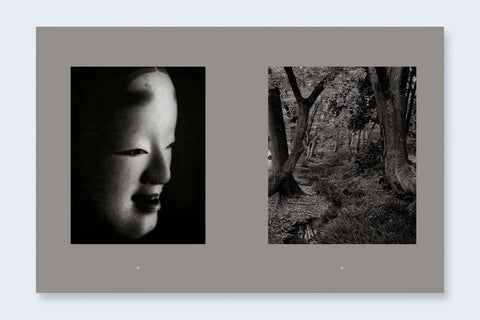
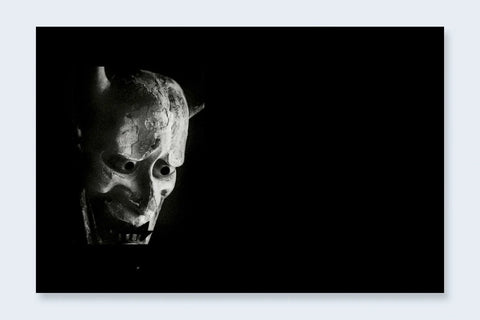
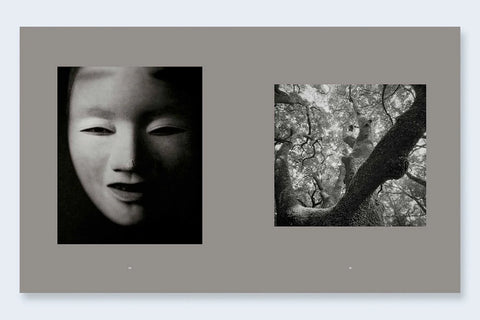
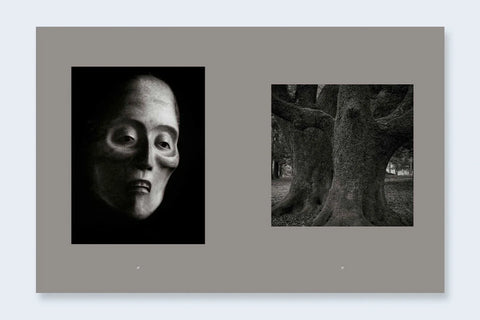
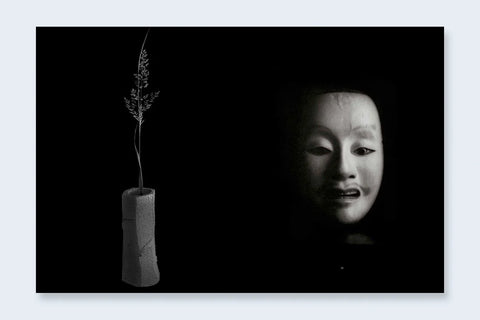
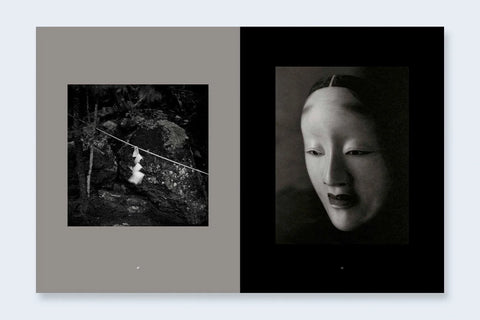
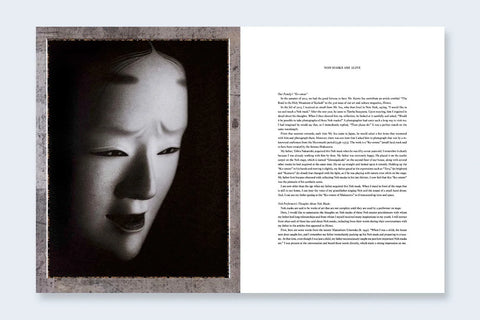
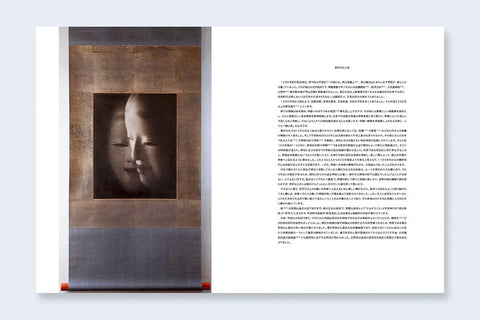
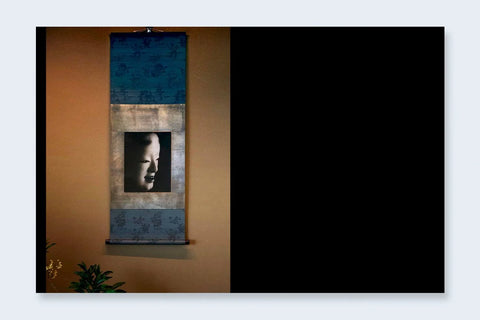
Mono No Aware
2025
First edition of Mono No Aware by Kenro Izu (2025)
Hardcover, linen over boards, 9.5×12 inches, 168 pages, 110 duotone and four-color plates.
About
“Noh is a form of theatre in which the soul expresses pride and the way a person lived and died. It is performed with music, singing and dancing to create a sense of realism. It depicts both the glory and loneliness of life, and the salvation of the gods and Buddhas.” — Hirotada Kasannoin, Chief Priest of Kasuga Taisha
We are pleased to announce the publication of Mono No Aware by Japanese photographer Kenro Izu. Born in Osaka, Japan, Izu moved to New York at the age of 21, opening Kenro Izu Studio in 1974. For fifty years, Izu has photographed sacred spaces around the world and has examined the “inner sacredness” within his subjects.
In Mono No Aware: The Beauty of Impermanence, Izu explores three subjects: 14th-century Noh masks from the Nohgaku Museum in Kanazawa, Japan; the stones and “giant trees of a sacred class” that surround the remains of ancient shrines that were built as Noh stages; and the briefly blooming wildflowers and grasses found near his home.
The phrase “Mono No Aware” translates to “the pathos of things” and reflects a Japanese concept recognizing the impermanence of life and expressing an appreciation of the fleeting beauty of ephemeral objects. In some 100 images, Izu examines this concept in three themes: Yugen (profundity), Sabi (beauty with aging), and Wabi (austere beauty), each speaking to “the beauty of impermanence” found in his subjects.
Mono No Aware is printed in duotone on natural matte art paper and bound in linen over boards, presented in 2 volumes housed in a custom slipcase. It includes essays by Kenro Izu, Kaoru Nakanish (Director of the Sasayama Nohgaku Museum), and Hirotada Kasannoin (Chief Priest of Kasuga Taisha).
This first edition is limited to 1,000 slipcased copies.
